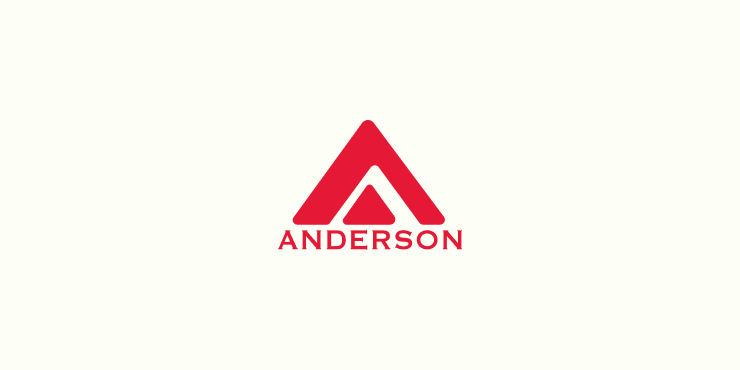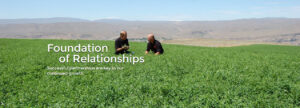Going Global Part II
This is part II in an educational blog series published by Anderson Hay. Read Part I, “Going Global: The History of The Leading U.S. Hay Exporter” on the Race Horse and Timothy Hay Blog.
Ron Anderson of Anderson Hay was still wrestling with whether or not they could get 200 tons of extra nice timothy, find appropriate shipping for it and process the order, despite his earlier assurances that it was “no problem.”
In the early 1970s, hay was typically shipped as it was baled in standard three tie bales and cured from the fields. Because of the air content, traditional cargo vessel shipping made for a considerable cost given that you paid by the container as opposed by weight.
At first, Ron figured that 200 tons of timothy would require 16 or 17 shipping containers, in standard bale configuration. That would have been a huge expense.
In the late 1960s, Ron had started working with people in Oregon to develop a bale compressor to serve customers in Alaska, Hawaii and the Fraser Valley of British Columbia, Canada. These customers wanted bales that people could put in the trunk of their car and the smaller bales were easier to ship as well.
By 1970, Anderson had the first prototype compressor operating in Ellensburg. Compressing would need to be used for the Japan shipments. At first, the volu

me
of hay could be compressed by half, resulting in a 50% reduction in freight costs. Later improvements, such as double-compressing would further lower shipping costs. But one hurdle was now past.
Able to get a sufficient supply of hay, Ron began loading the shipping containers with the beautiful green Washington State timothy. The hay made its journey, and was eventually unloaded in Japan, much to the delight of the happy Japanese thoroughbreds.
What is remarkable about this story is the fact that a small Ellensburg, Washington, hay dealer was able to break in to the Japanese market.
Ron was among the first American enterprises of its kind to begin exporting to Japan. He quickly became the darling of the cargo container companies as well, since most cargo containers arrived in the United States from Japan filled with electronic goods, consumer gadgets and TV sets, but returned empty because of the imploding American export capabilities.
It didn’t matter what the container ships were carrying as far as the cargo operators were concerned. Now they were making money both ways across the Pacific. The Japanese were happy. The cargo container shipping companies were happy. The Washington State timothy hay growers were happy. Anderson Hay was happy. And when everyone is that happy, something is certain to go wrong.
 The happy family syndrome came to a crashing halt when the cargo container companies and everyone else in the growth and distribution chain realized suddenly that what you shipped back to Japan really did make a difference, after all. It was an episode that nearly bankrupted Anderson Hay (www.anderson-hay.com), Ron Anderson included.
The happy family syndrome came to a crashing halt when the cargo container companies and everyone else in the growth and distribution chain realized suddenly that what you shipped back to Japan really did make a difference, after all. It was an episode that nearly bankrupted Anderson Hay (www.anderson-hay.com), Ron Anderson included.
Read Part III, “Going Global: Coping with a Tiny Pest” on the Race Horse and Timothy Hay Blog.
Coping With a Tiny Pest


